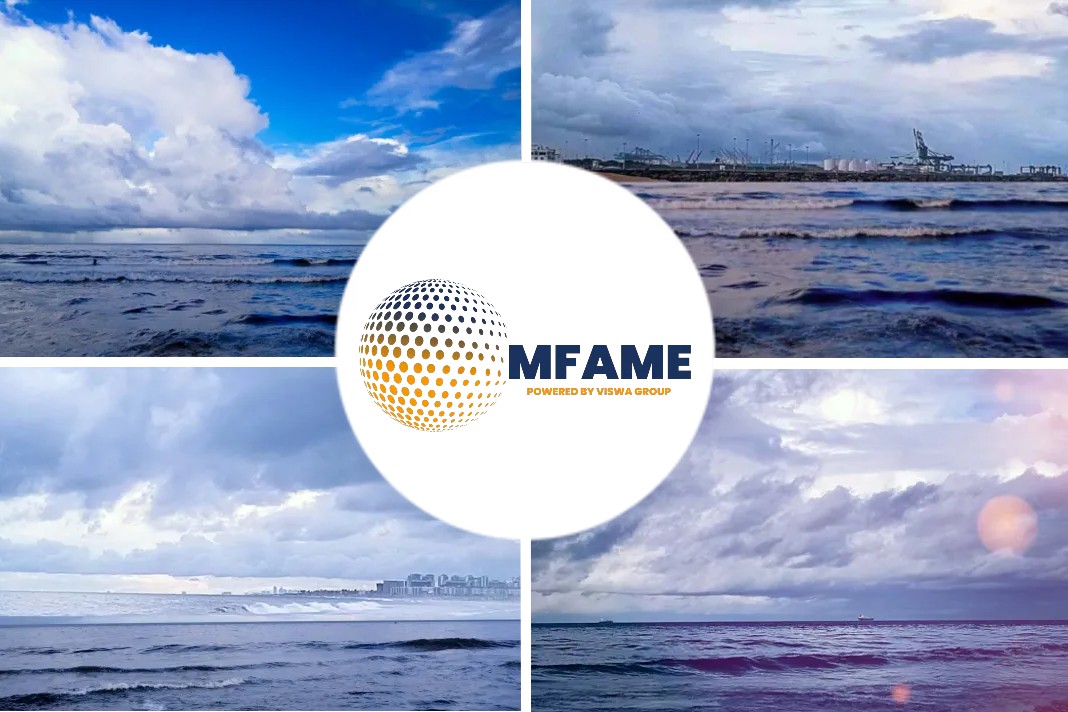The freight rate for hauling crude from Indonesia to Japan jumped to $24.76/mt on Aug. 1 — the highest since January 2020 — following a major shift in trade flows of various dirty petroleum products, tight supply of ships in Asia and elevated bunker prices, market sources said Aug. 2.
The same route was commanding a freight rate of $24.59/mt on Jan. 13, 2020.
In terms of Worldscale rates, the Aframax rates for loading from Southeast Asia to North Asia and Australia-bound breached the key psychological level of w200 on Aug. 1, the first time since August 2008.
The premium asked by owners for loading in the Baltic and Black Sea markets due to war risks and a shift in trade patterns in the wake of the ongoing Russia-Ukraine conflict has favored Aframax freight rates, especially when the short-haul trade from the US Gulf Coast and West Africa to Europe has become more liquid and strong in volumes compared to previous years.
According to S&P Global Commodity Insights data, the last assessed time-charter equivalent for the voyage Baltic Sea to UKC by Aframax was at $70,788/day on Aug. 1 while that for Southeast Asia to North Asia or Australia-bound was at low $30,000/day.
The gap between the East and West freight rates was also the talking point in the market recently, with more owners positioning their vessels to the West.
“Aframaxes are eying to go Mediterranean now a days,” a broker said.
This has resulted in a significant gap in the earnings of owners in the East and West markets and has naturally reduced the available Aframax tonnages available for loading in the East.
“The situation is a bit tricky now as tonnage supply is quite tight. I feel the freight market is unlikely to go lower in the short term due to some structural changes in market. More owners are heading to the West. It hard for charterers who need modern ships here,” an Aframax broker said.
Aframax demand on the rise
Not only that, an increase in trans-Southeast Asian regional crude — due to Star Petroleum Refining Co.’s, or SPRC’s, pipeline breakdown and crude oil’s steep backwardation incentivizing short-hauls trades — has also helped keep Asian Aframax rates busy and at higher levels.
Due to the undersea oil pipeline breakdown at SPRC’s single point mooring since end-January, the loading demand from lightering place such as Sungai Linggi and Tanjung Bruas to Thailand by Aframax has surged, engaging more Aframax ships to perform the transshipments.
The number of monthly Aframax shipments from Malaysia to Thailand has averaged at 19 since March compared to 6.5 shipments in the second half of 2021, according to Platts cFlow ship and commodity tracking software from S&P Global.
Following the breakdown of the single point mooring, charterers seeking to discharge VLCCs in Map Ta Phut had to divert the VLCC into lightering place in Malaysia and then engage three Aframaxes to do the ship-to-ship transfer from a VLCC and haul the crude into Map Ta Phut, according to market sources.
Shipowners have expressed interest for such short hauls amid bunker prices staying at elevated levels, as the regional short-haul runs allowed shipowners to earn relatively higher daily earnings compared to long hauls.
Another trade flow impacting the Aframax market was the emergence of more long hauls amid the Russia-Ukraine war. The development came as the US began to import fuel oil and vacuum gasoil, or VGO, from the Middle East and looked to secure atmospheric residue, or AR, from Malaysia’s Pengerang oil refinery after it stopped buying Russian fuel oil.
Meanwhile, charterers in the West were also seen stepping up crude and fuel oil purchases from the Middle East, instead of seeing such cargoes flowing to the East.
The average monthly flow from the Middle East to Mediterranean and UK Continent direction is at 0.82 million b/d, up 43% from the 2020 level with Turkey, Greece, France, the Netherlands and Italy being the key designations of the Middle East crude, according to Kpler shipping data.
Among those destinations, Italy has been snapping up more Sudan crude since April as reflected in more shipping fixtures from the Bashayer-to-Sarroch route when the Western buyers turned to the Middle East and Red Sea markets to fill the void left by Russian crude oil.
The shift in trade flows in the light of self-sanctions and government sanctions on Russian commodities has led to an increase in average ton-mile, especially for a small sector like Aframax, market sources said.
Did you subscribe to our daily newsletter?
It’s Free! Click here to Subscribe!
Source: SPGlobal
















